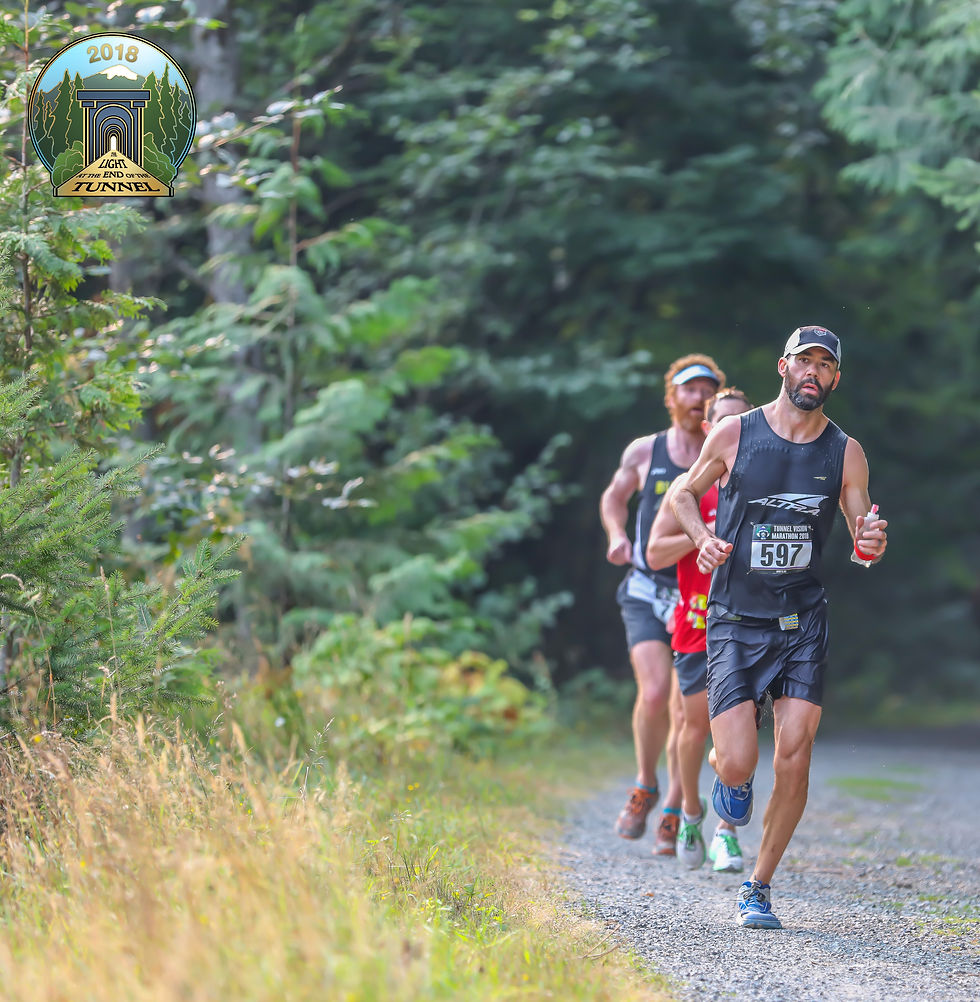Post Race Self Check
- Sara P
- Mar 7, 2019
- 2 min read

Whether you’re training for a race or use running as a part of maintaining your fitness, it can take a toll on your body. When you exercise and stress the body and don’t give yourself enough rest or recover properly you can burnout real quick. As a runner it’s not only your mileage and the intensity of your runs that you need to take into account—how’s your sleep, stress at work/home, nutrition to fuel your exercise, daily movement habits, what do your rest days look like?
Let’s dive into the importance of post-race care
There is good reason massage therapists are part of a runner's entourage- especially post-race. Science has proven that massage can’t “flush toxins or lactic acid” but what massage does do is apply moving pressure to muscles and other tissues such as tendons, ligaments, and fascia (which sheaths muscles like casing). The energy from that work does soften the fascial structures in the body and makes those muscles relax. It also helps to mitigate adhesions and reduce the buildup of scar tissue which will ultimately allow optimal range of motion. That's especially great news for runners, who rely on limber joints and muscles for pain-free peak performance.
While there’s many things you can do for post-race recovery out there, but what’s missing are self-assessments to help you understand why you are sore or not recovering from your race or long run that you can do to keep yourself in check.
Post-Run/Race Recovery Assessments
Tightness and restrictions, especially in lower extremities, might be impacting your running performance – let’s look at two quick tests and mobility to help alleviate the restrictions
Post-Race Recovery Assessment 1: Forward Bend
Stand with your feet together right under your hips, knees straight, and try to reach down toward the floor. Keep your spine tall, some people will create a false sense of range by flexing their spine. If your fingertips don’t reach the ground, you likely have hamstring or low back tightness that can impact your posture during running, which could either lead to early fatigue and possibly injury. Alternately, if you can palm the ground you don’t have enough tension in your hamstrings and are missing strength & stability in your glutes and hips. Hamstrings are a pretty resilient group, while they should be able to achieve proper range of motion, they should not be a super flexible.
Post-Race Recovery Assessment 2: Lunge Test
Here we are checking hip flexor (quad and psoas) and ankle mobility. Tight quads can induce large anterior pelvic load. Stand with your feet shoulder width apart. Take a big step forward with your right leg. Make sure your front foot is in neutral (arch is not collapsing toward the floor), your left glute is squeezed tight, and your hips are squared forward. Now slowly drop your left knee straight down to the ground. You should be able to do this keeping an upright torso and tall spine, without the hips twisting and without the front knee falling in toward midline. Switch sides
Post-Race Recovery Mobility
Now that you know where you’re feeling tension, try these two techniques to address the tightness and speed up your recovery!









Comments